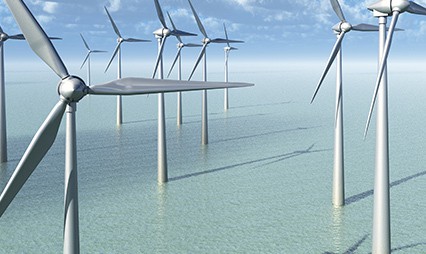The latest in tidal and wave power
If you have been following our blog you will be well aware of the arguments over renewable energy that have embroiled the UK over the past couple of months. This debate looks set to rumble on through 2013, with the most recent chapter in the saga being the announcement of new research into the potential of tidal power.
A new report produced by the Philosophical Transactions of the Royal Society claims that the predictable nature of its tidal patterns makes the UK an ideal location to capitalise on emerging tidal technologies. With the English coastline being well known for its harsh and unforgiving nature, the engineering of a sustainable and efficient energy production solution has continued to divide engineers. However as the report suggests, researchers are ‘optimistic’ that current techniques can be maximised relatively shortly.
With this in mind, exciting new projects are beginning to emerge. For example, a company called MeyGen is planning to deploy tidal stream technology in the Pentland Firth. This will initially generate up to 40 MW of electricity, enough to power 38,000 homes. Similarly, the SeaGen project in Northern Ireland is the largest grid connected tidal turbine in the world. It appears 2013 will be a big year for tidal power.
As tidal and wave power systems come on stream, efficient monitoring techniques will become increasingly important in maintaining efficient, sustainable supplies of energy that ultimately reach the anticipated power generation targets.
Hansford Sensors has long been at the forefront of renewable energy technology, providing condition monitoring solutions to industry that enable machinery to run more efficiently. These solutions reduce maintenance costs by allowing engineers to predict accurately when a fault may occur.


